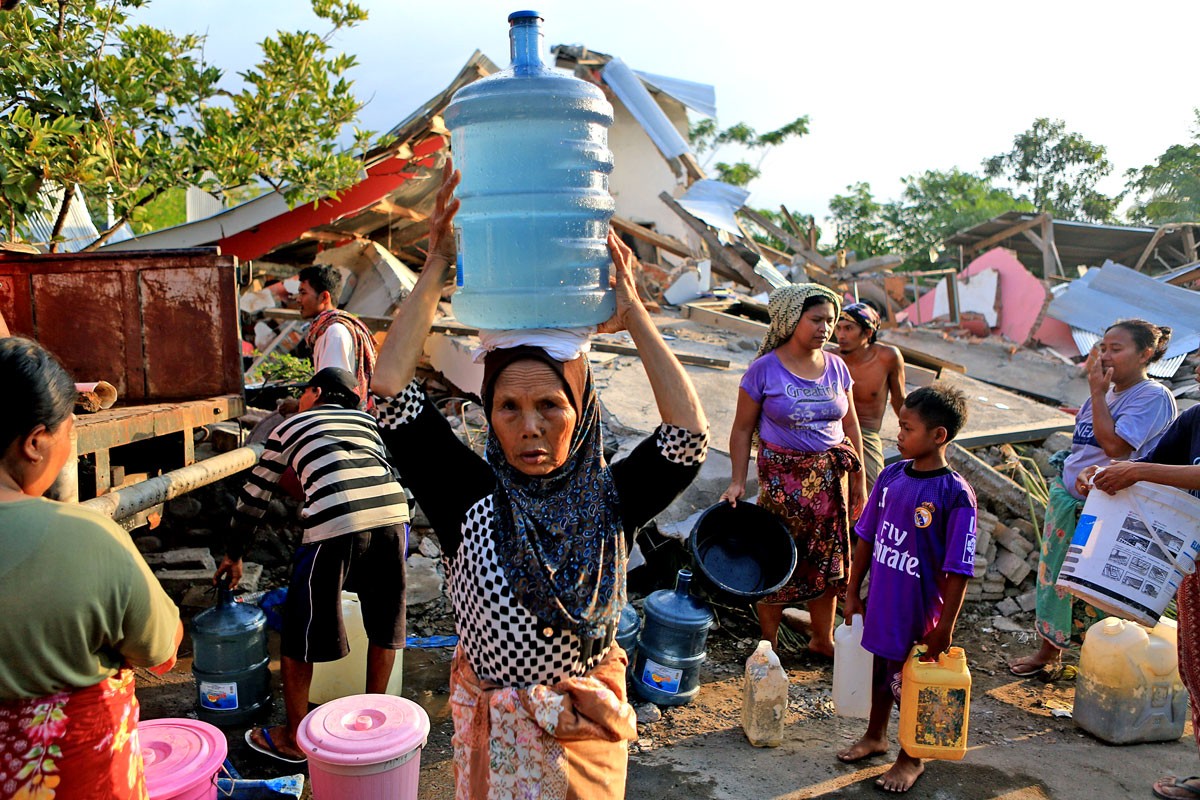Popular Reads
Top Results
Can't find what you're looking for?
View all search resultsPopular Reads
Top Results
Can't find what you're looking for?
View all search resultsFour regions at high risk of drought as BMKG predicts prolonged dry season
Change text size
Gift Premium Articles
to Anyone
T
he Meteorology, Climatology and Geophysics Agency (BMKG) has predicted that the dry season will last until October while also issuing drought warnings for four regions in Indonesia.
Of 342 regions observed, 69 percent have entered the dry season, the agency's climatology deputy Herizal said.
He explained that the dry season was influenced by the dry Australian Monsoon winds that blow from the eastern part of Indonesia to the southeastern part. Around one-third of the zones had even experienced 21 to 61 successive non-rainy days.
“The BMKG has issued an early warning for the dry season. We also have informed local administrations and related ministries and institutions,” he said on Monday as reported by kompas.com.
In the early warning letter issued by the agency on July 24, there were four regions, three in East Nusa Tenggara, that have the highest risk of drought, with an alert level of awas (danger). They are Kupang city, Belu and South Central Timor in East Nusa Tenggara province, and Dompu regency in West Nusa Tenggara.
Read also: BMKG predicts droughts in several regions across Indonesia
As many as 58 regions across the country are on the alert status siaga (watch) located in provinces of East Nusa Tenggara, West Nusa Tenggara, Bali, East Java, Central Java, Yogyakarta and South Sulawesi.
The BMKG previously predicted that the 2020 drought season would start in June and peak in August, while the rainy season is expected to fall between October and December.
BMKG head Dwikorita Karnawati had previously warned that lower rainfall in some areas might lead to difficulty in getting water supplies and irrigation, which might eventually affect agriculture activities.
In addition to causing drought, a prolonged dry season typically induces hot spots in forest and peatland areas in Sumatra and Kalimantan islands.
Environment and Forestry Minister Siti Nurbaya said the ministry had been creating artificial rain to prevent peatland fires in several prone areas as the country entered the dry season.
The artificial rain had allowed Riau, Jambi and South Sumatra to overcome their "first critical phase" of land and forest fires from March to early June this year, Siti said recently. (vny)










